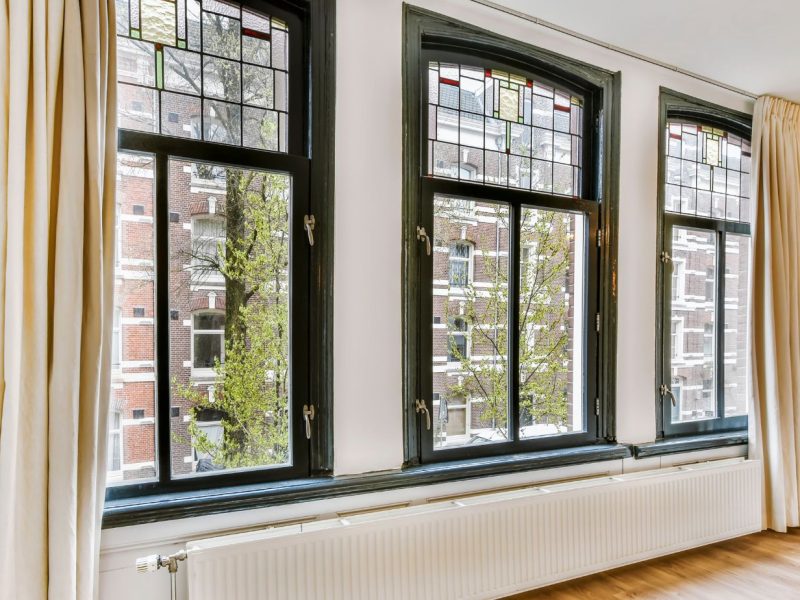Let’s face it: Lamps do more than illuminate our rooms. They serve as the balancing act in a high-wire routine of aesthetics and function, silently modulating our moods, the room’s ambience, and even the perceived dimensions of a space. When you select a lamp, you’re doing more than adding a source of light; you’re also adding character, setting a tone, and providing a sort of compass that directs the room’s emotional north.
Setting the Stage for Lamp Selection
Understanding your space is vital to choosing the right lamp. The dimensions of the room, the color scheme, the style of other furnishings, and even the orientation of natural light can influence the lamp’s performance and appeal. Let’s say you’re working with a room that has deep red walls and dark wooden furniture. A lamp with a transparent, geometrically complex glass base can both contrast and complement, giving a refreshing counterpoint to the room’s heavier elements.

If you’re interested in a curated selection of lamps that cover a wide spectrum of styles and functionalities, a visit to https://www.huxohome.com/collections/lamps can provide you with options that range from avant-garde to classic.
The Sociology of Light
It’s fascinating how the quality and direction of light influence our social interactions. For example, a table lamp that throws soft light across a dining table can make the food appear more appetizing while creating a comfortable setting for conversation. Meanwhile, an adjustable floor lamp in a reading nook not only lends adequate lighting for the book in your hands but also creates a zone, a boundary that signals your need for personal space.
The Choreography of Light and Shadow
Choosing the correct lamp isn’t just about the fixture itself, but also about understanding how its light plays with shadows. A lamp that emits light from a singular point will produce harsh, contrasting shadows, setting a mood that may not be conducive to relaxation. On the other hand, a lampshade that diffuses light can soften those shadows, wrapping the room in a more tranquil light texture. The science here is as poetic as it is technical, entwining optics and aesthetics into a singular dance of light and form.
As you step back and consider the influence of a lamp on your living space, recognize the emotional language it speaks. Whether you’re reading under it, dining beside it, or simply basking in its ambient glow, the lamp’s design, intensity, and color temperature will articulate different feelings. Some lamps with warmer lights can imbue an emotional coziness into a room, while those with cooler lights can create an atmosphere of focus and alertness. So, beyond its physical design, consider the emotional design your lamp will impose on your space.
Bringing it All Together – The Lamp as a Nexus
The lamp, an ostensibly simple object, thus emerges as a complex nexus of design, emotion, science, and social psychology. It is more than an item on your shopping list; it is a carefully thought-out addition that harmonizes multiple elements of your living space. From the materials used in its construction to its color temperature, every aspect of a lamp contributes to its ultimate role in your home.
Choosing a lamp is an intricate task that requires a fine-tuned understanding of your space and the various needs you have for it. If you remember that this humble light fixture will serve as a significant aspect of your home’s personality, you’ll find that the act of choosing becomes less of a chore and more of a nuanced activity that combines elements of art, science, and even sociology. Your lamp, in its quiet corner, will speak volumes. So choose wisely, and let this practical and beautiful fixture shine its light on the nuances of your life.



